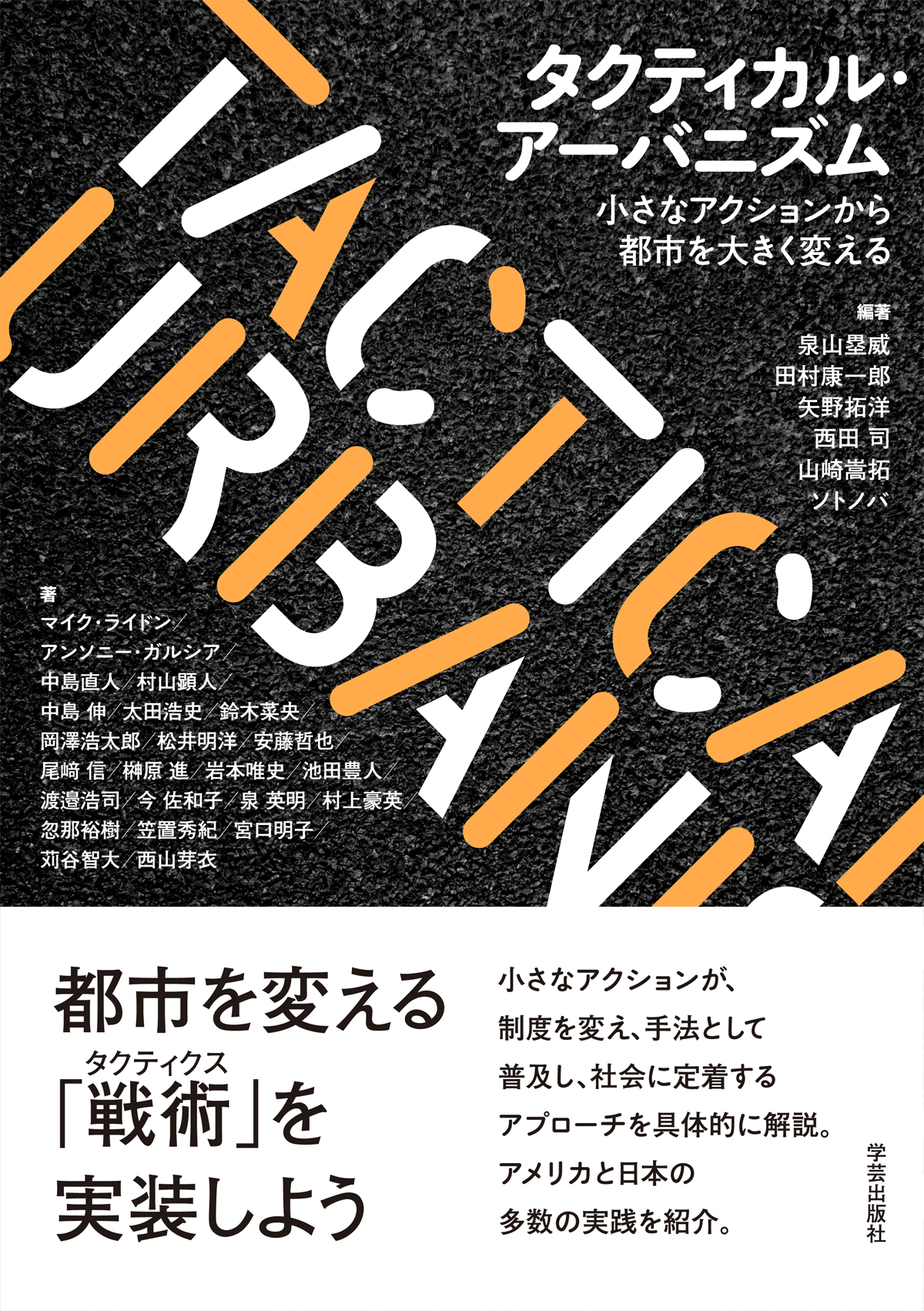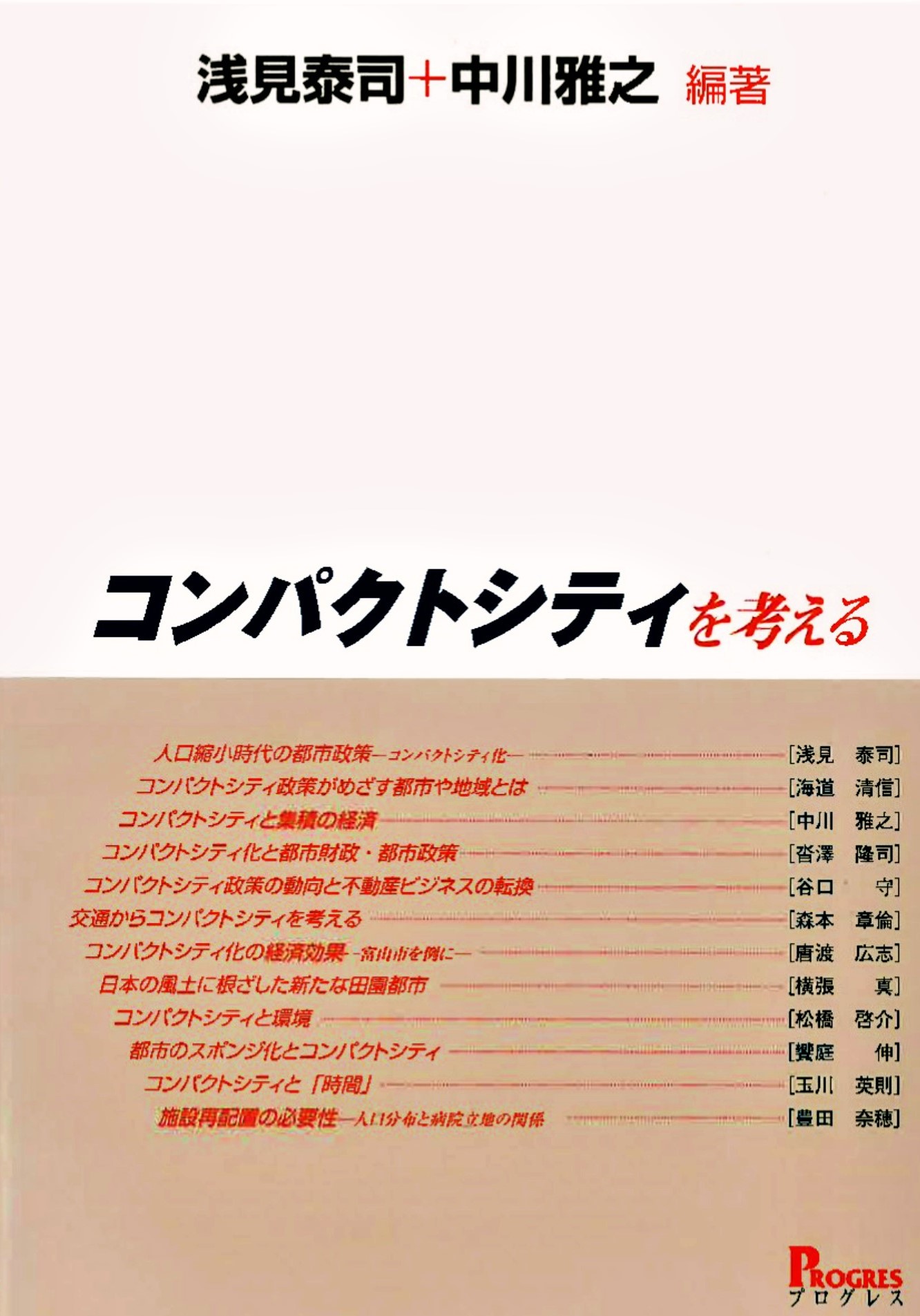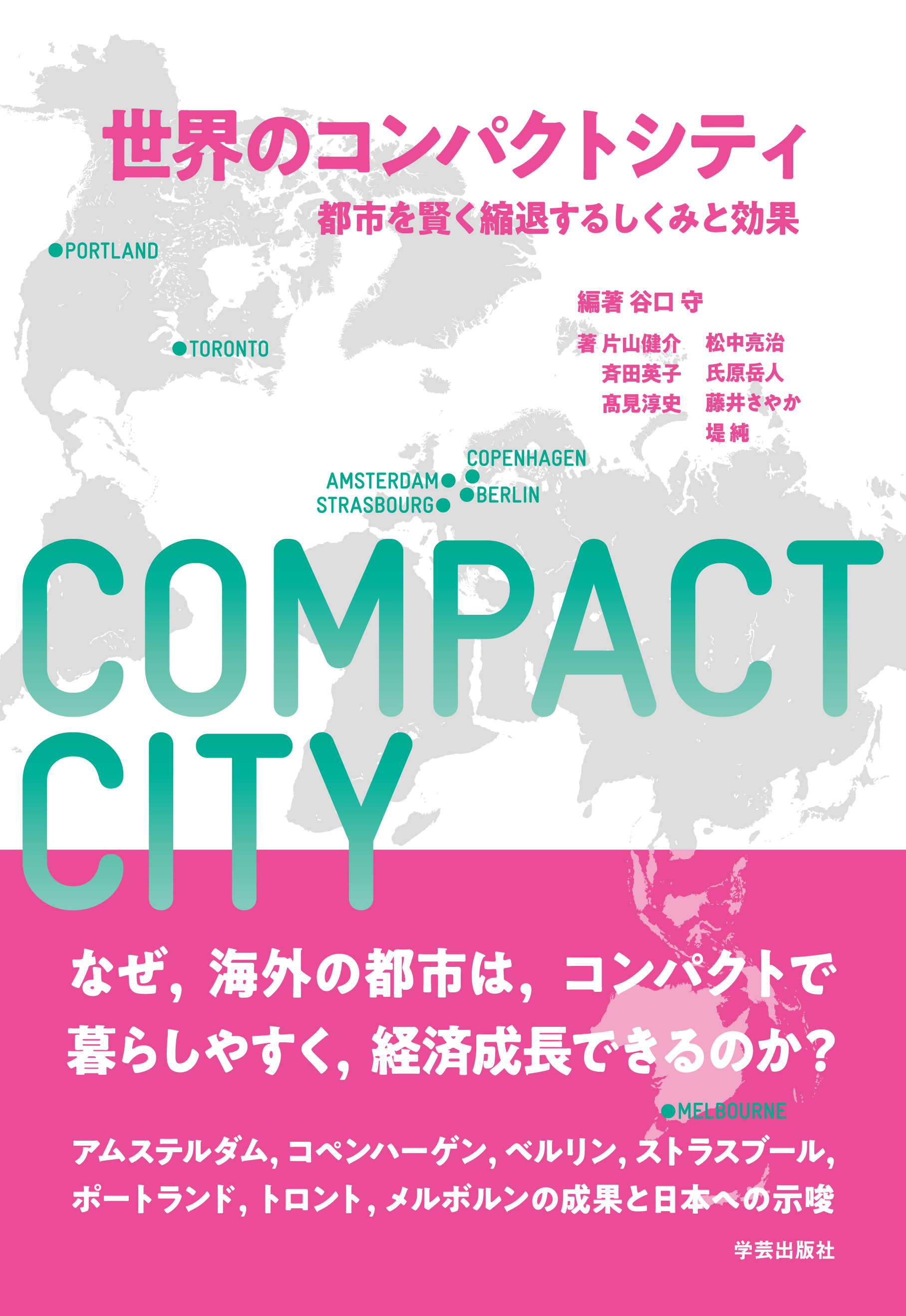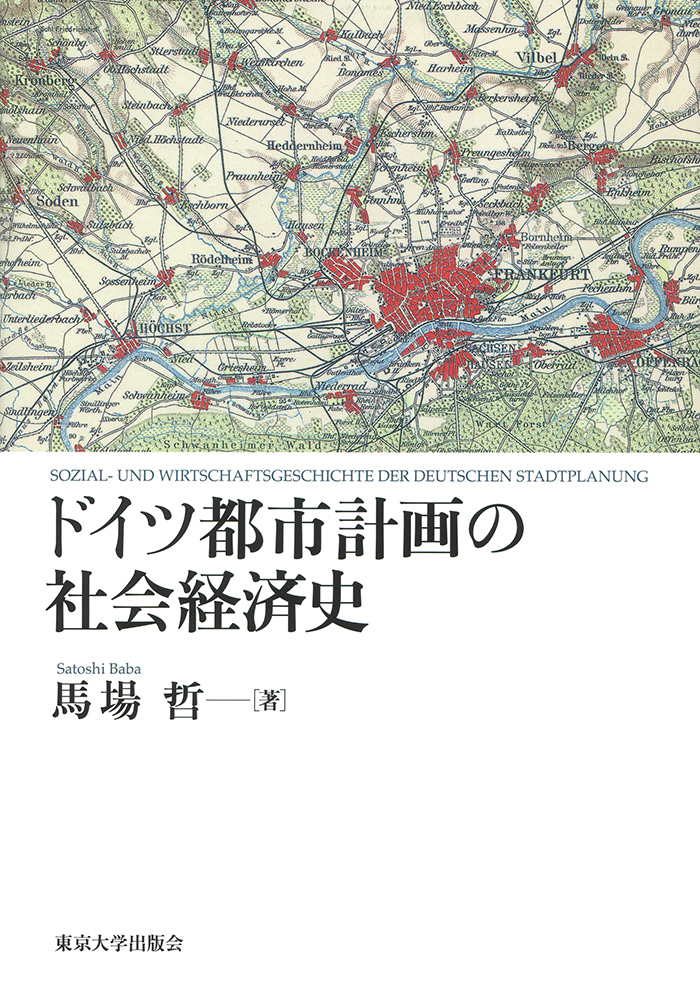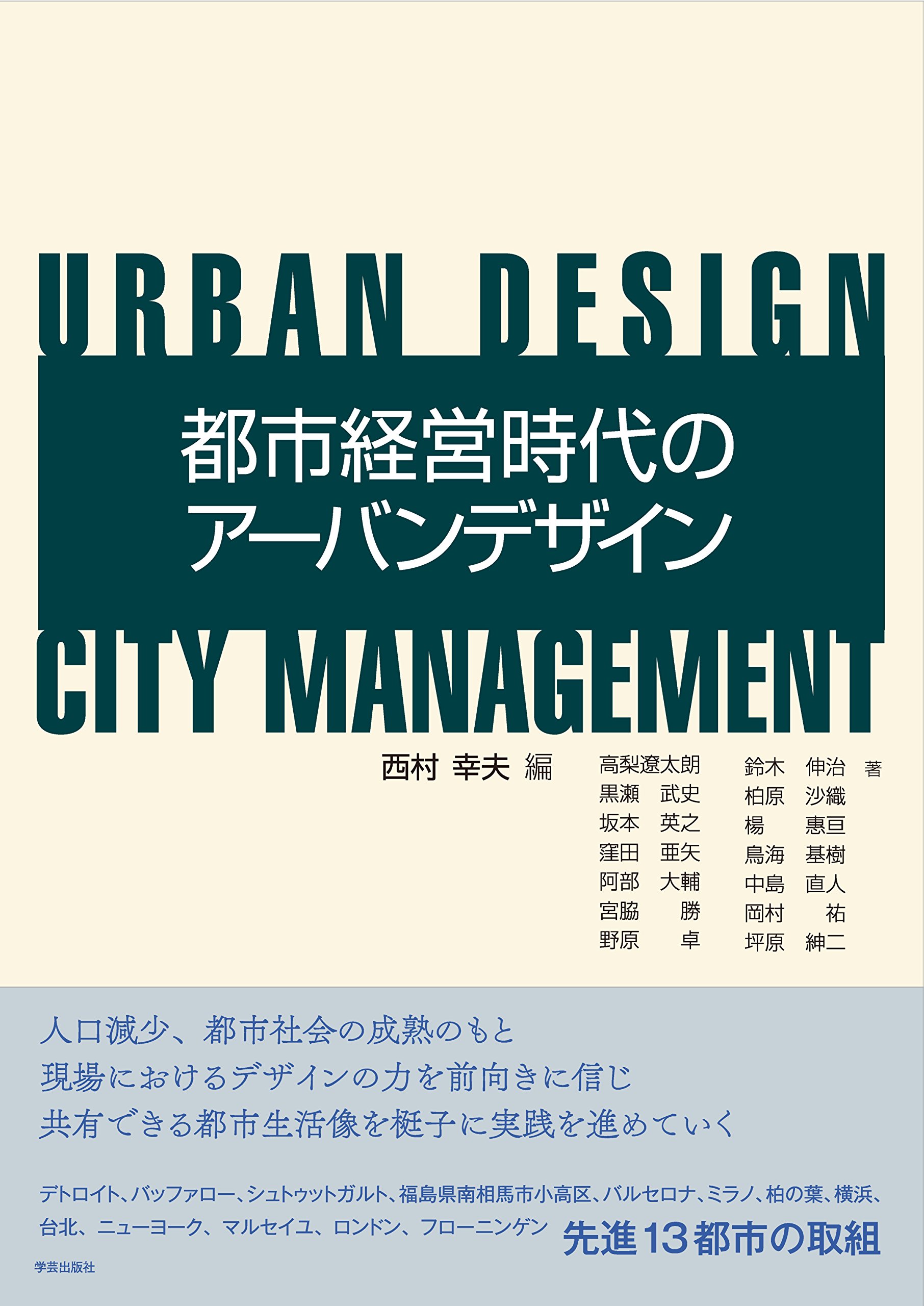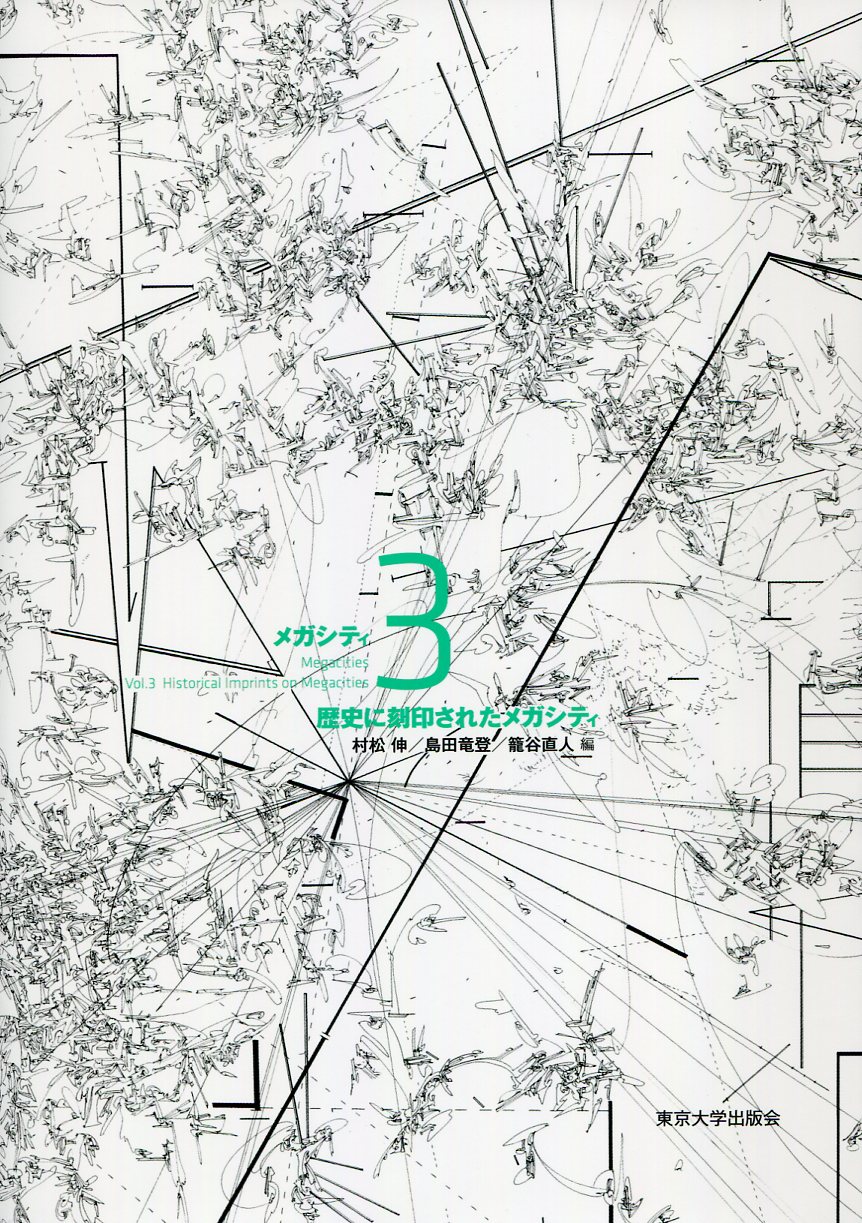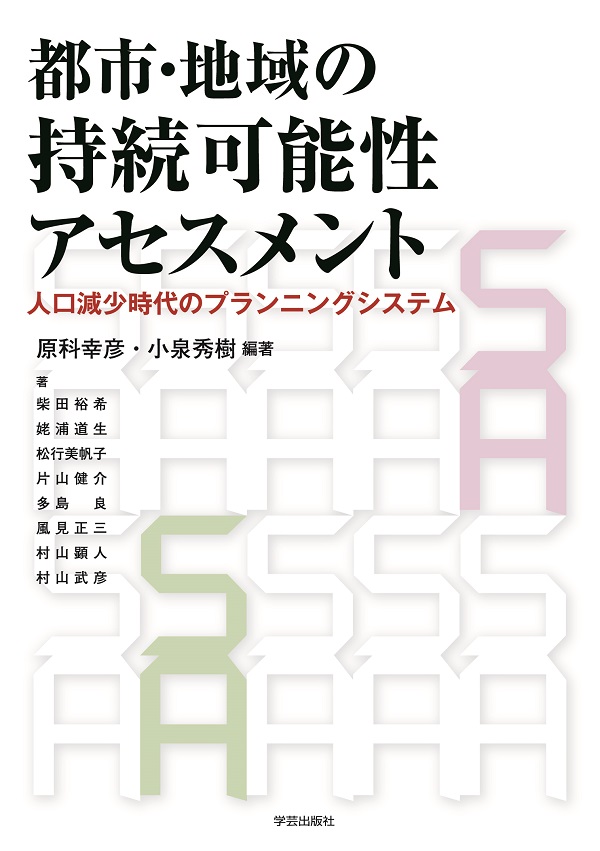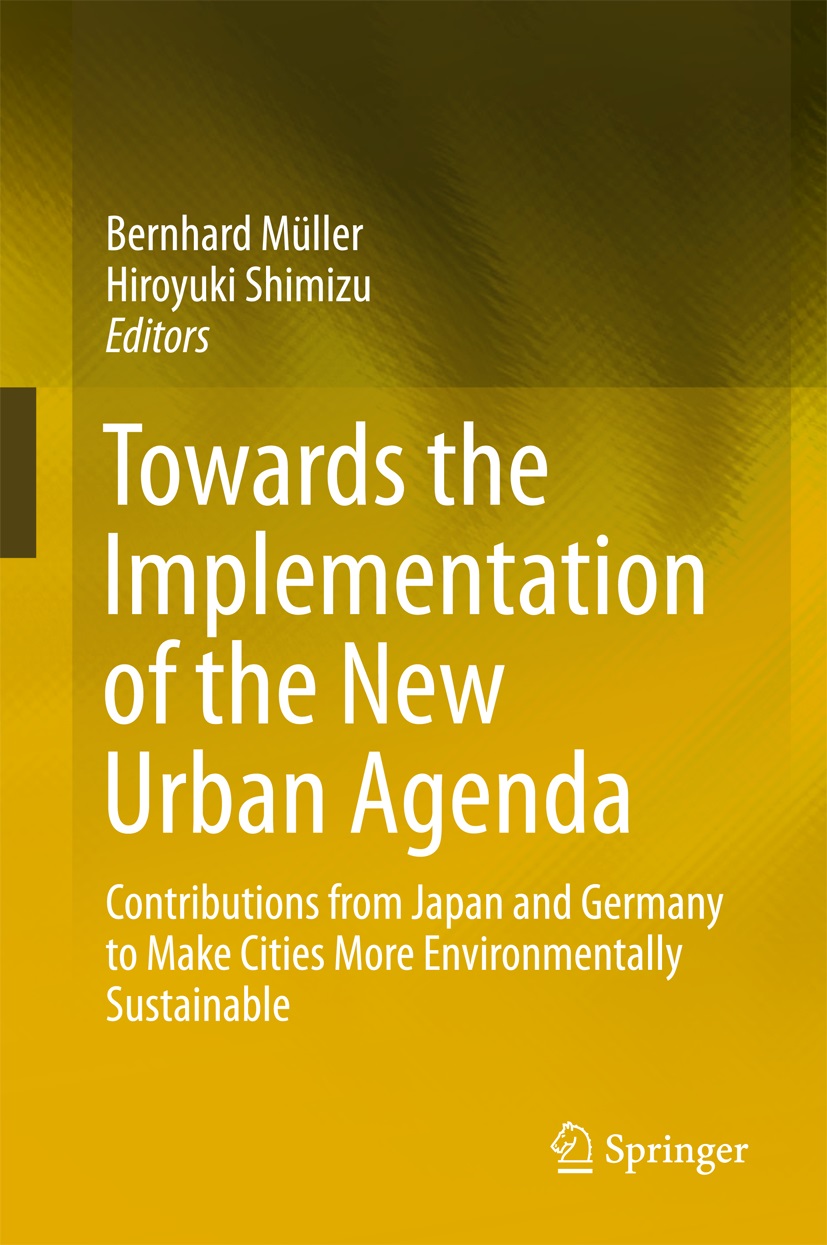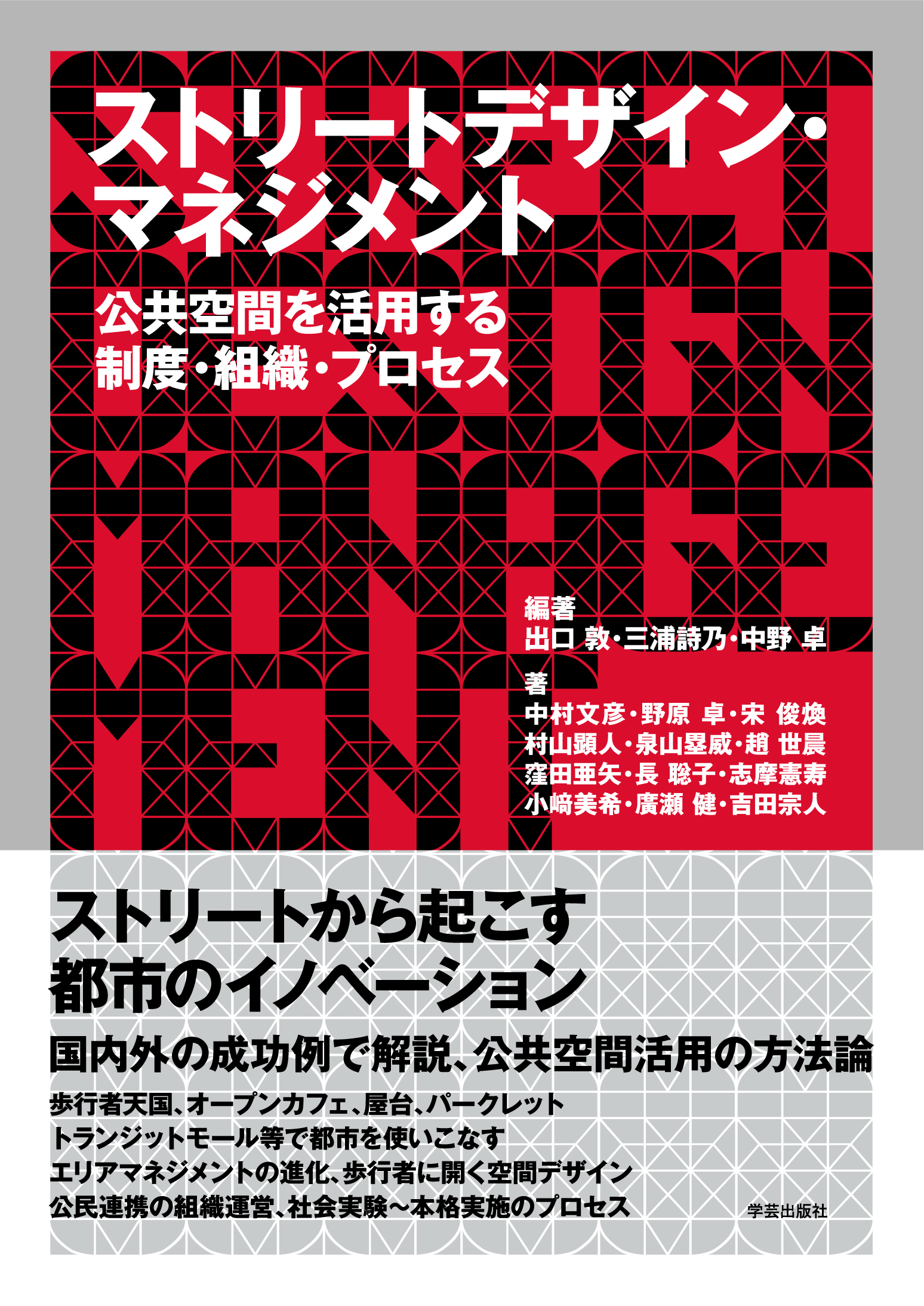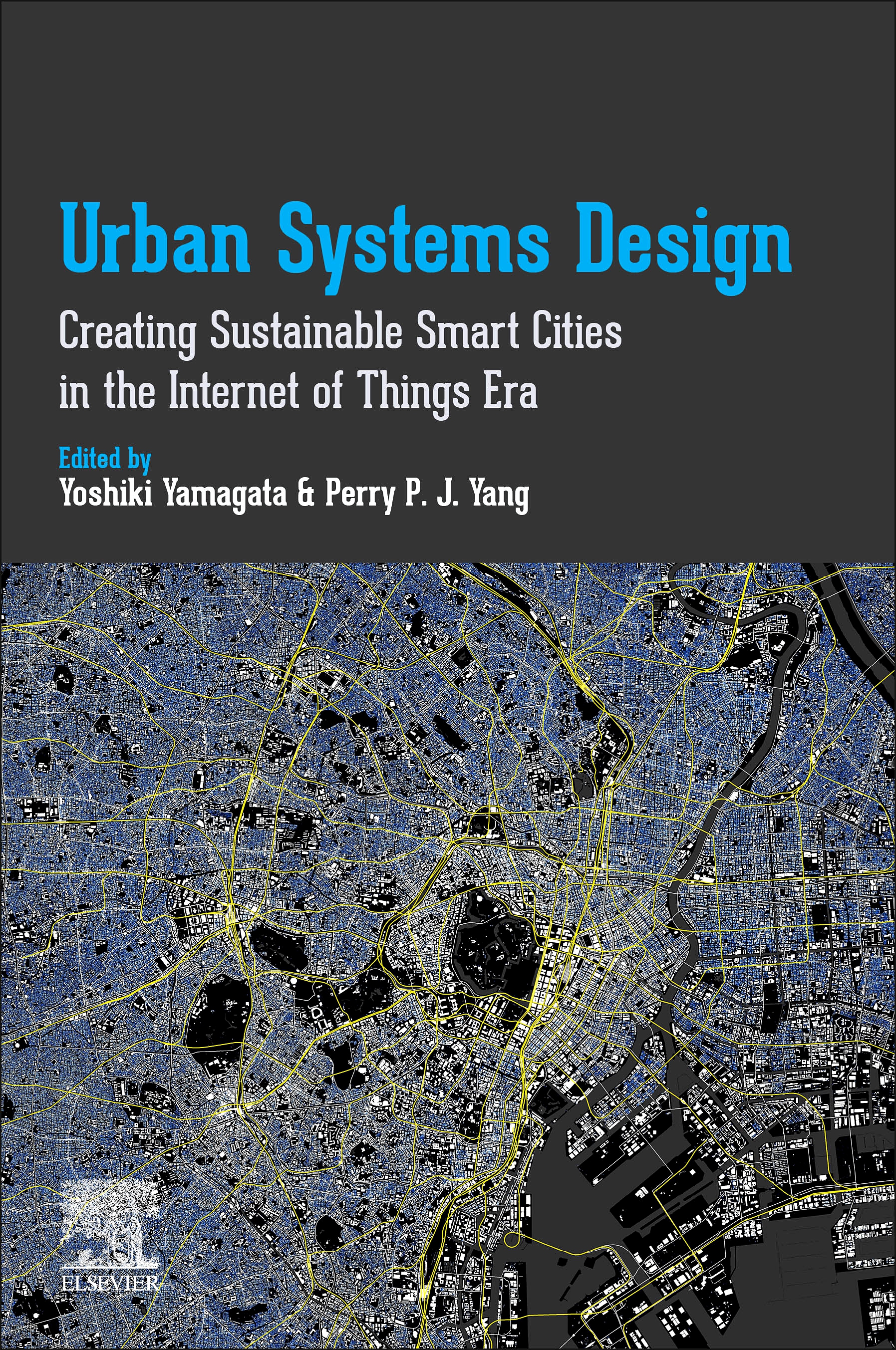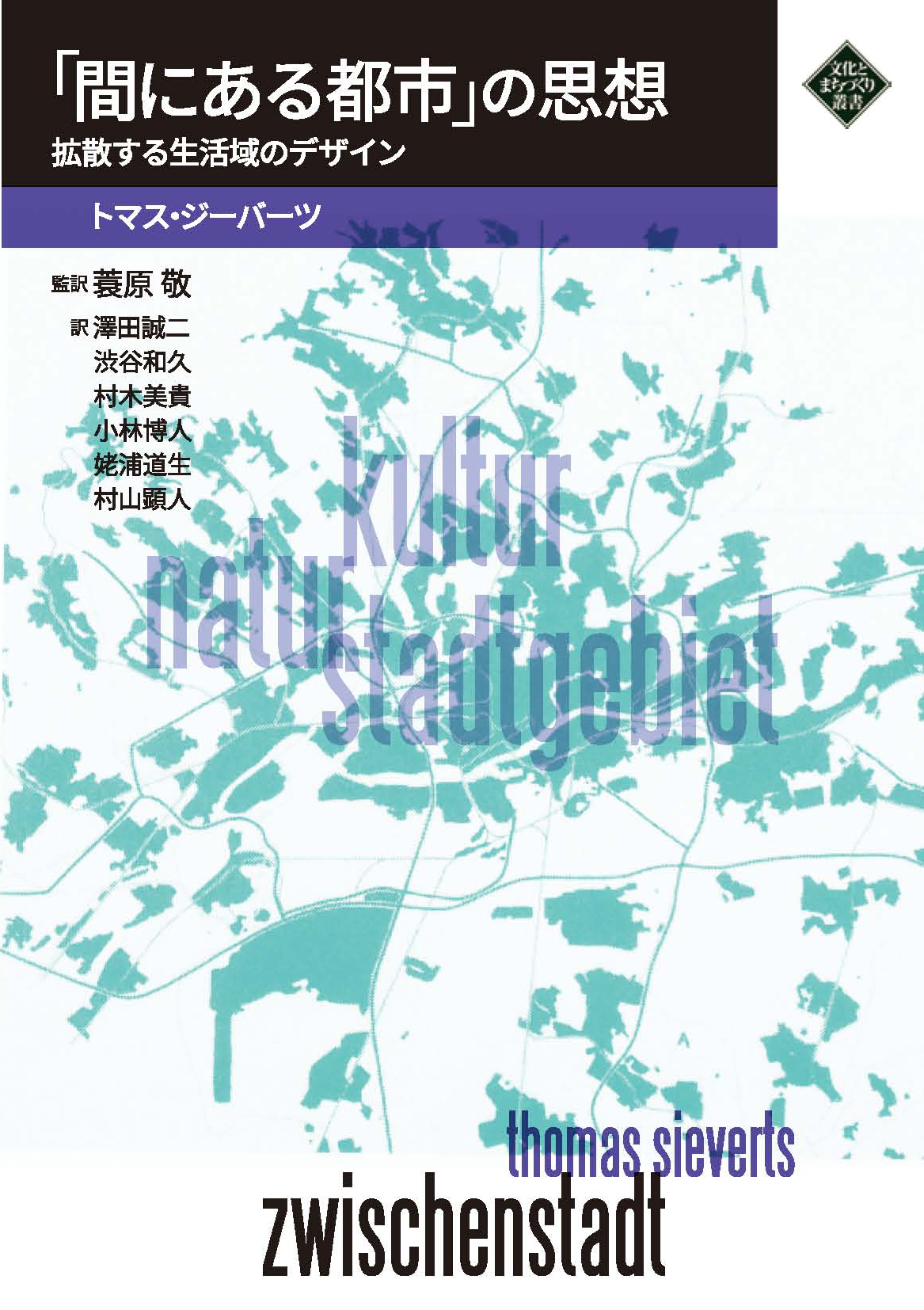
Title
“Aida-niaru Toshi” no Shiso (The Concept of Zwischenstadt - Cities without Cities: Designing for the sprawling living space)
Size
216 pages, A5 format, softcover
Language
Japanese
Released
November 30, 2017
ISBN
9784880654355
Published by
SUIYOSHA Publishing Inc.
Book Info
See Book Availability at Library
This book is a Japanese translation of German architect Thomas Sieverts’ Zwischenstadt: Zwischen Ort und Welt, Raum und Zeit, Stadt und Land (Cities without Cities: Between place and world, space and time, city and countryside), Birkhauser Publishing, 2001. First published in 2006, the Japanese translation was out of print for some years. The book returned to print in 2017 following renewed interest in the themes it discusses.
Zwischenstadt discusses the forms of the urban regions we inhabit. The traditional view was that urban regions consist of three elements: an urban core that emerged in the course of a civilization’s or culture’s historical development, small or medium-sized towns that developed on the margins of the urban core; and open countryside lying between the two. For many years, this “compact city” concept served as a cornerstone in urban planning. However, this changed when industrial structures and lifestyles transformed drastically—a development related to social and economic globalization coupled with innovation in transportation, distribution, and information technology. Following this development, the compact city ideal, founded as it was upon traditional notions of urban planning, proved no longer adequate to capture—let alone improve—the modern-day sprawl, which defies the distinction between the city and countryside.
Cities without Cities, or Zwischenstadt, is defined as one of the many cities that appear like islands bobbing up in an ocean of countryside, and it is a global phenomenon. As commonly understood, Zwischenstadt (“the in-between city” if directly translated) describes how today’s cities are in an “in-between state”; they exist between place and world, space and time, and city and countryside. The state of being between “city and countryside” is relatively easy to understand spatially (or, it is easy to conceptualize as a physical environment). More difficult are the other “betweens”—“place and world” and “space and time.” As much as we might understand these experientially, we would struggle to provide a concise account of them using images or text; hence, a more in-depth analysis is required.
As Japan enters an age of depopulation and super-aging, there is renewed interest in Japan’s “in-between cities”. In the past, the compact city and the “concentrated urban model” were upheld as normative urban design concepts following revisions to three key urban planning laws in 2006 (Act on the Measures by Large-Scale Retail Stores for Preservation of Living Environment, City Planning Act, Act on Vitalization in City Center). More recently, researchers have started reappraising these concepts in a more nuanced manner, reflecting the modern realities of urban regions. These researchers have concluded that once a living environment experiences sprawl and becomes an “in-between city”, attempting to restore this city to a compact city might be an ineffective approach. Urban planners have sought to make cities smaller (or more compact) to cope with depopulation. This strategy offers potential advantages; when the community lives closer together, it can enable a more efficient provision of public services, decrease the environmental burden associated with car-dependent lifestyles, and solve the problem of vacant houses in the urban core and peripheral areas. However, this strategy might also generate new problems; for example, it might be costly to make the city more compact, and it might prove difficult to manage a space that has ceased to be a city.
According to Sieverts, planners of “in-between cities” should accept the realities of the sprawled living environments and avoid shoehorning the compact city model. A better way to improve the quality of the urban regions, Sieverts argues, is to focus more on achieving expansively distributed/allocated functions and networks and to apply spatial design. Thus, Zwischenstadt is an invaluable resource for reappraising the forms of the urban regions in tomorrow’s Japan.
(Written by MURAYAMA Akito, Associate Professor, School of Engineering / 2018)



 Find a book
Find a book


